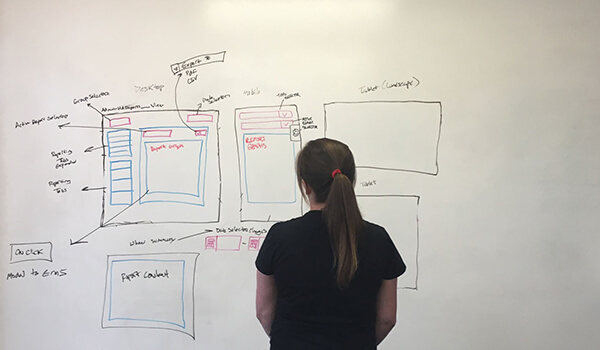
A wellness portal is an online hub that serves as the single point of access for a user’s (or corporate administrator’s) health and wellness information. By integrating and organizing a broad range of information and services—ranging from personal health records and health risk assessments, to educational content and wellness challenges—a wellness portal provides its users with a powerful one-stop-shop for all things health and wellness.
With healthcare costs on the rise, forward thinking care providers are beginning to take a proactive, rather than reactive, approach to reducing medical expenses. Rather than wait for potentially preventable and inevitably costly diseases and conditions to arise within a population, the focus is shifting toward intervention in the patterns of behavior that tend to result in such conditions, and promotion of the healthy lifestyles and behaviors that don’t. Accordingly, insurance providers, hospital systems, and employers across the country are beginning to take preventative care seriously; and corporate/community wellness initiatives are central to their approach.
However, the successful implementation and management of these corporate/community wellness programs can be a daunting and cumbersome task, even for the savviest of benefits administrators—particularly when large groups are being managed by hand, via email, or using elaborate spreadsheets. That’s where the administrative benefits of a wellness portal come into play.
From the perspective of HR and benefits administrators, a wellness portal serves to organize, integrate, and house the many components of a successful wellness program. Wellness portals allow for the aggregation and analysis of detailed population health and lifestyle data—as well as medical and pharmacy claims information—and can highlight whatever problem areas could and should be addressed by ongoing wellness program initiatives.
Further, wellness portals act as the primary vehicle for the administration of the health interventions aimed at improving those targeted health metrics, decreasing health spending, and increasing employee well-being and productivity. They also provide a platform for the distribution of educational content, the administration of wellness challenges, and an engaging interface from which wellness program participants can be encouraged to get involved in their company’s—as well as their own—health and wellness.
The benefits of an integrated wellness portal, however, aren’t limited to the time, labor, and cost-saving advantages afforded to corporate administrators. From an end user’s perspective, access to a wellness portal means unrestricted access to one’s own personal health data. Rather than rely on a decentralized network of physicians, pharmacists, health coaches, laboratory records, and wearable device data, a wellness portal empowers an individual to compile and track their own health information, and to educate themselves on the behavioral, psychological, and external factors that put them at risk for disease. Further, a high-quality wellness portal will show them how—or even incentivize them—to make changes that address their underlying health concerns.
Overall, wellness portals provide both users and administrators with a centralized toolkit designed to identify, analyze, and intervene in the behavioral patterns that increase risk for disease; reducing risk before it becomes reality. Ready to see a demo? We hope so.

